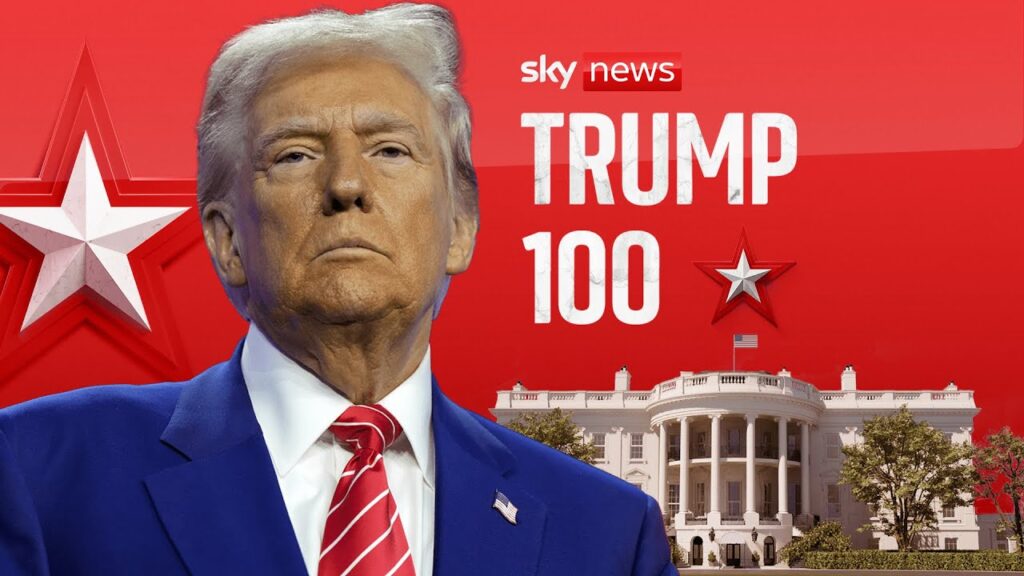
Introduction
The topic of Trump tariffs has become increasingly relevant as nations grapple with the consequences of trade policies initiated during Donald Trump’s presidency. These tariffs have influenced global trade dynamics, domestic markets, and international relationships, making it crucial to understand their implications.
Background of Trump Tariffs
Implemented in 2018, Trump tariffs were part of the United States’ broader strategy to address trade deficits and protect American industries. Some of the most notable tariffs targeted imports from China, which included a range of products, from steel and aluminum to electronics and consumer goods.
Immediate Impacts
The immediate effects of these tariffs were felt across multiple sectors. American manufacturers initially welcomed the protection against foreign competitors. According to the U.S. Census Bureau, manufacturing jobs saw a modest increase in 2018. However, critics argued that tariffs resulted in increased costs for consumers and retaliatory measures from other countries.
Retaliatory Measures
Several countries retaliated against the tariffs, resulting in a tit-for-tat scenario. Notably, China imposed tariffs on U.S. agricultural products, affecting American farmers significantly. Reports from the U.S. Department of Agriculture indicated that farm income dropped by nearly 15% in 2019 due in part to these trade tensions.
Long-term Economic Effects
As the trade conflicts prolonged, economic forecasts showed a mixed bag of results. The Federal Reserve noted a slowdown in the U.S. economic growth rate due to increased prices and uncertainty surrounding international trade agreements. In addition, the International Monetary Fund (IMF) identified potential global economic repercussions, projecting reduced growth rates in both the U.S. and its trading partners.
Current Developments and Future Outlook
In 2023, the conversations surrounding Trump tariffs continue, especially as trade relations shift under the current administration. President Joe Biden’s approach has been to reassess these tariffs, with discussions on adapting or removing certain duties. Analysts suggest that any major changes may impact inflation rates and economic recovery post-COVID-19.
Conclusion
The legacy of Trump tariffs remains a complex issue for policymakers, businesses, and consumers alike. As trade policies evolve, understanding the ramifications of past decisions is crucial for anticipating future developments in the global economy. Observers believe that ongoing discussions will shape international trade relations well into the future, ultimately impacting consumers’ daily lives.



